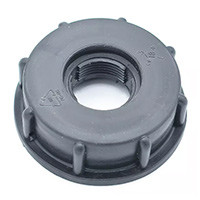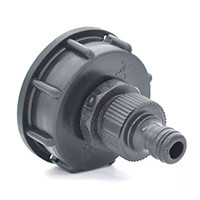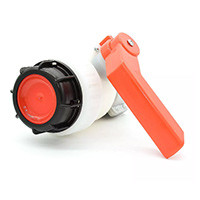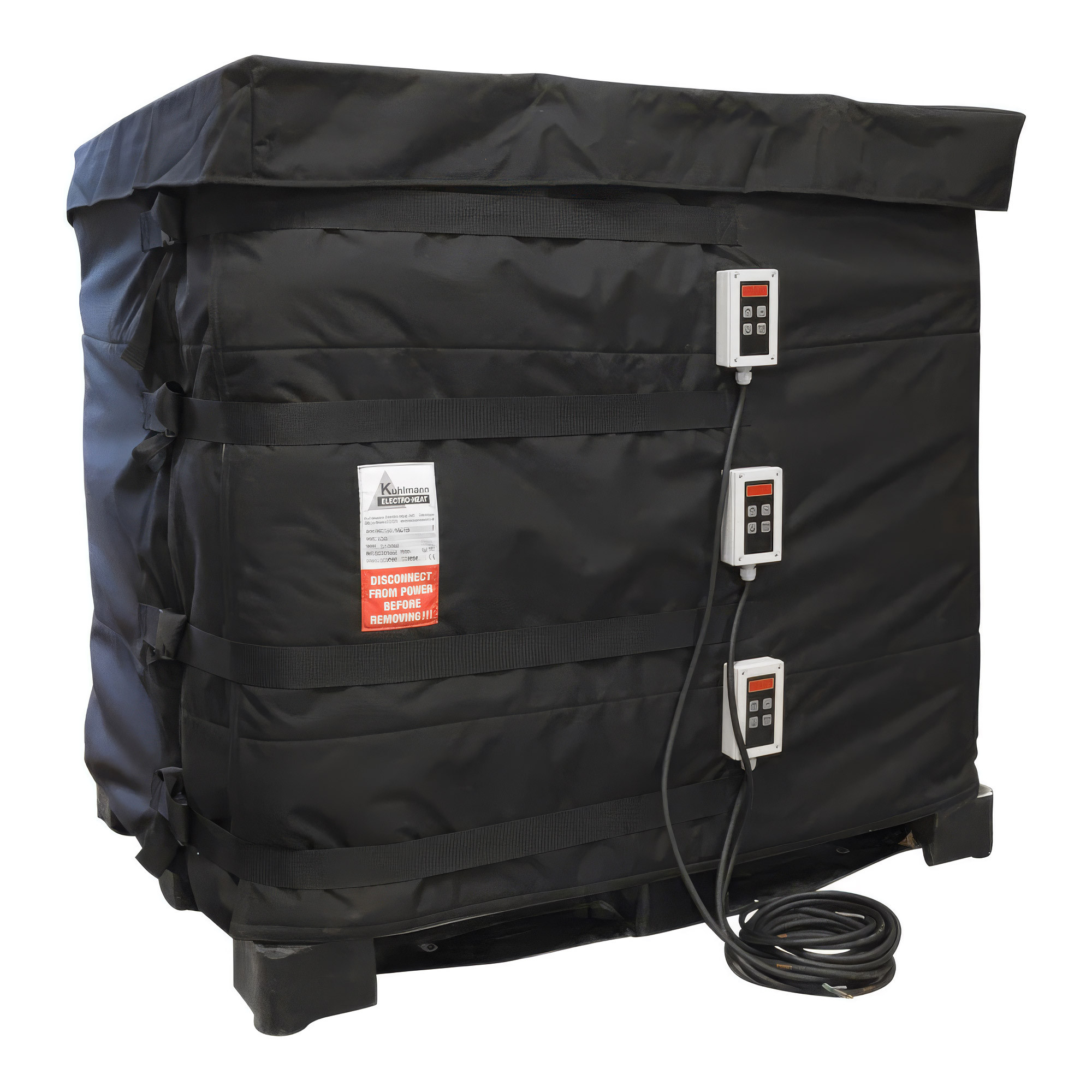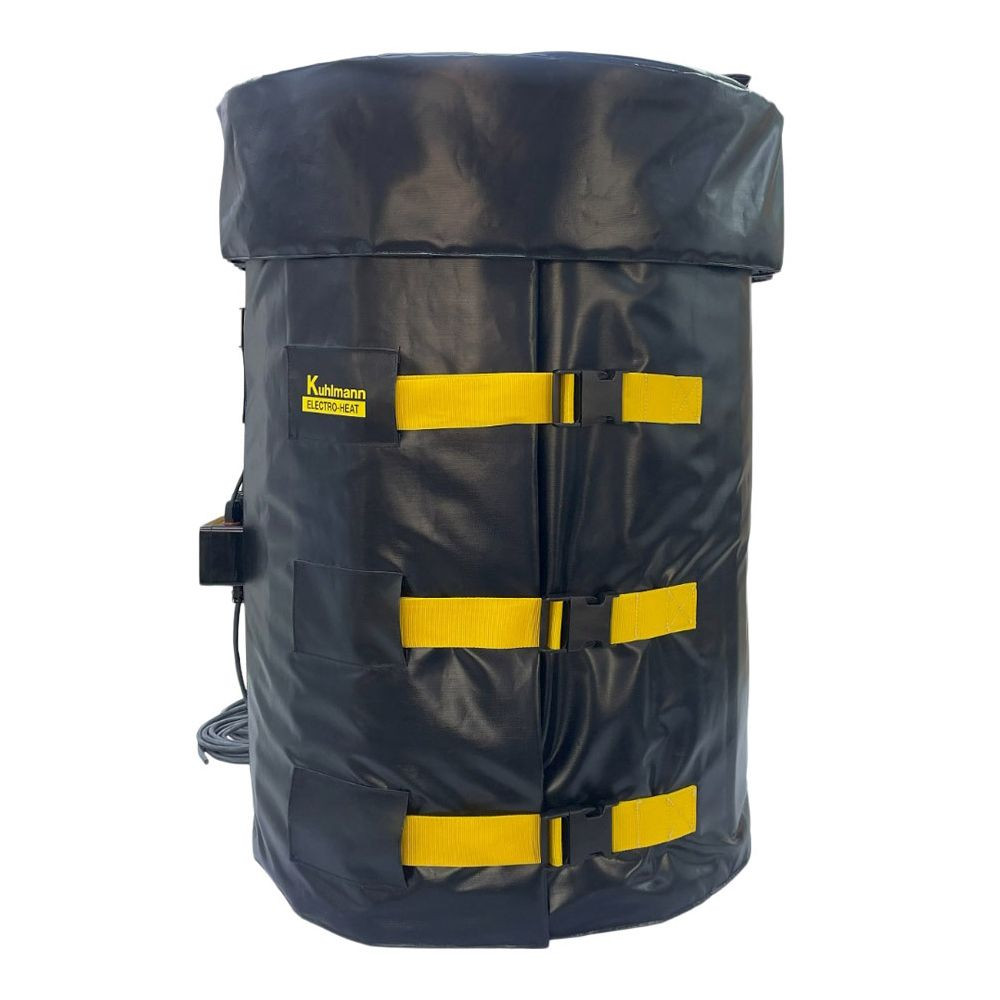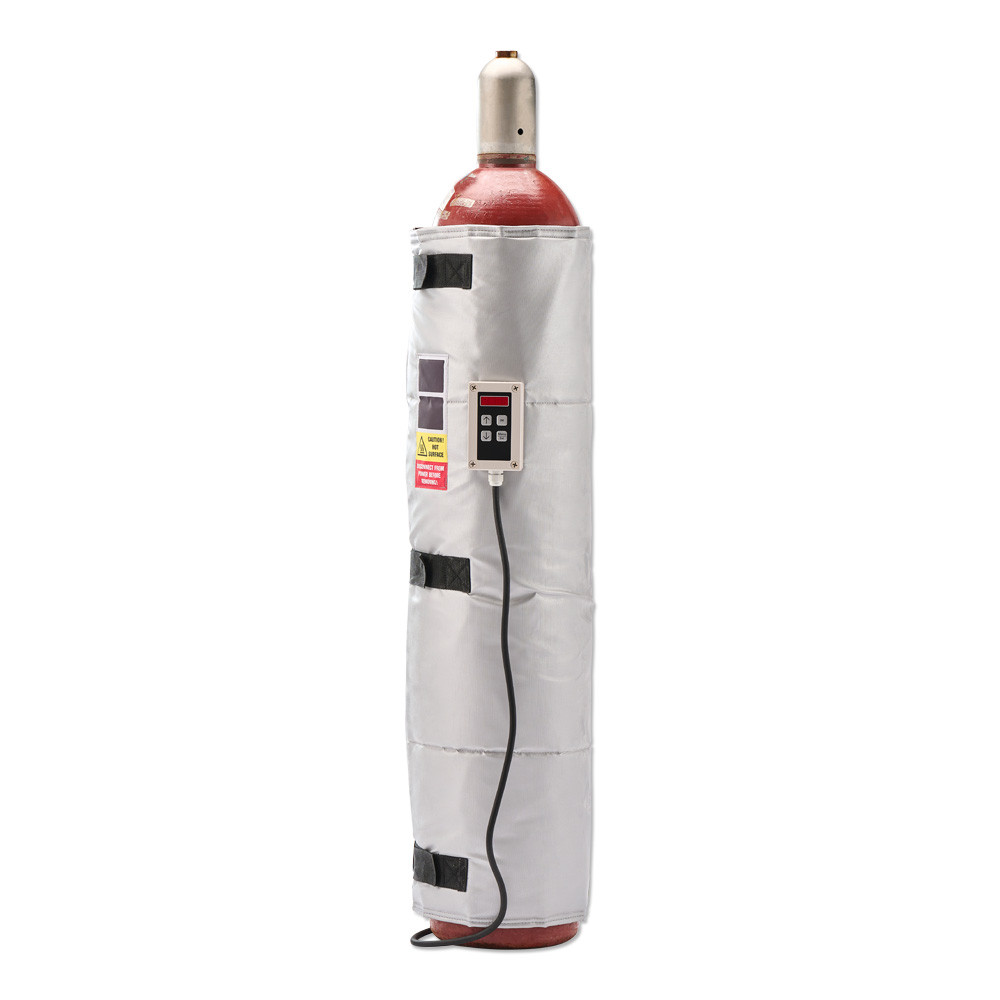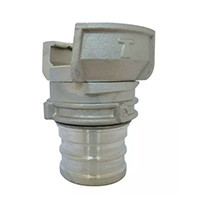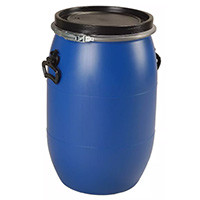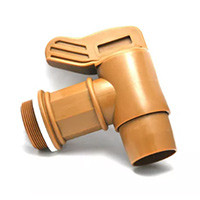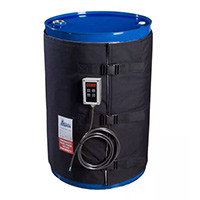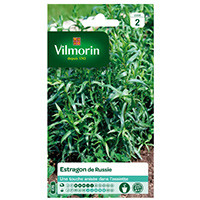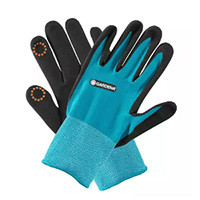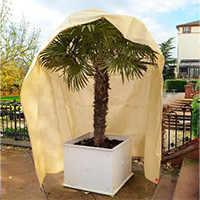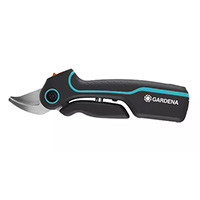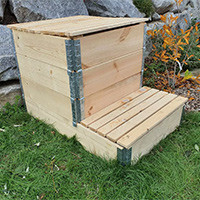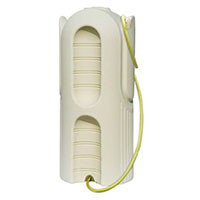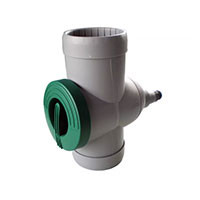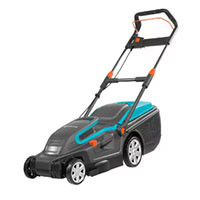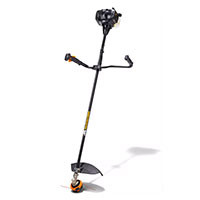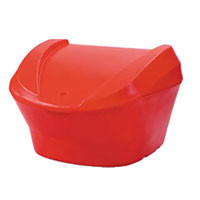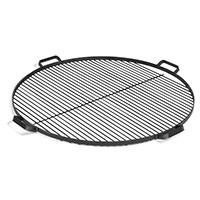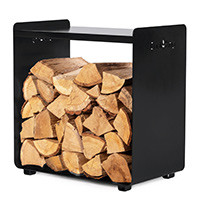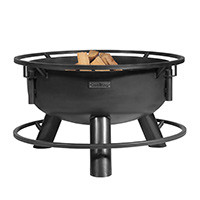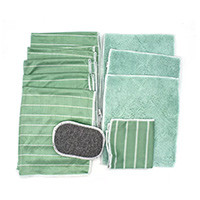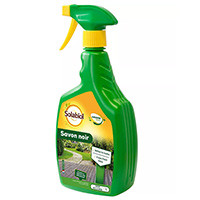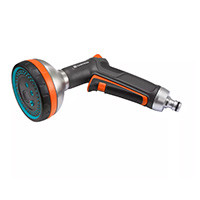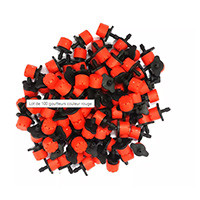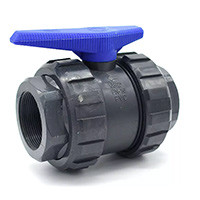
Zoom on the different types of chainsaws
Zoom on the different types of chainsaws
Maybe you've already glanced at the chainsaw department of your favorite store and come back a little puzzled. This is normal, because cutting wood is not an activity to be taken lightly both for safety reasons and to accomplish your task with satisfaction. The purpose of this article is to help you see more clearly in the very wide offer available to both occasional and professional loggers.
The type of wood to be cut is decisive
The terms "hardwood" and "soft wood" should be used with caution since they do not necessarily mean that the wood is easy or difficult to cut.
Indeed, scientifically, hardwoods are those whose seeds are protected by a fruit such as, for example, apple or walnut. Soft woods, on the other hand, are those whose seeds are not protected by a shell as is the case for pine or spruce.
But do not let yourself be trapped by these names, because they are not related to the resistance that trees offer to the chain of your future chainsaw. For choosing the right tool, here's what to remember:
- The trees that are easy to cut are: fruit trees, as well as some deciduous trees such as birch, chestnut, birch, poplar, or alder.
- The trees difficult to cut are mainly: softwoods, and deciduous trees such as oak, hornbeam, beech, or ash.
But, don't worry, with the right chainsaw, nothing is impossible!
Felling, debranching, cutting and/or pruning
Having determined what type(s) of wood you want to work on, you now need to know more precisely what you want to do.
If you simply cut a few branches for cosmetic purposes, or to comply with your municipality's by-law on the matter, or for safety reasons if, for example, people pass by on bicycles and could hit said branches, then it is called pruning. It is also necessary to prune the trees from time to time simply to allow them to develop better. In all these cases, a pruner, a pruning chainsaw or a compact chainsaw is used.
As you have probably understood, pruning is practiced on standing trees. Delimbing for its part refers to the cutting of branches once the tree has been cut down and is on the ground. The same chainsaw used for felling can be used, but it is much better to have a more compact and therefore more maneuverable model.
When we talk about cutting wood, we are talking about the preparation of logs that will later be used in a wood stove, a fireplace or for a campfire outside. To do this, a "traditional" chainsaw of the type most often found in stores is used. However, it is necessary to be attentive to the power of the machine on the one hand and the length of the chain on the other hand. We will come back to these more technical aspects in the next paragraph.
Let's finish with the felling which consists of sawing a tree in order to bring it down. This operation requires much more powerful hardware as well as specific skills. This work is usually reserved for professional loggers.
A little technique
We do not dwell on the felling since it is rather reserved for professionals, as well as on the pruning since it is easy to spot in the shops the pruners on poles and the chainsaws pruners.
Things get a little tricky for delimbing and cutting, but nothing rocket science though. We must mainly consider two aspects: the engine and the chain.
There are three types of chainsaws:
- Thermal
- Electrical
- On battery
The last two categories, it is well understood, are to be considered only if there is a source of electricity nearby or if one only needs to work for a short time since the batteries never last more than twenty minutes and on the other hand require several hours to recharge.
To cut a tree in the forest or in its garden without having to worry about extension cords, the thermal chainsaw is ideal. The power of such a tool can range from 0.5 kW to 6.5 kW. For standard use, a power of about 3 kW is recommended. When we talk about engines, we must also be interested in the displacement. In the case of chainsaws, it is between 20 and 125 cc. 30 or 35 cc is enough for most types of trees, but if you know you'll have to cut mainly harder softwood trees, feel free to climb up to 50 cc.
As for the chain, a length between 35cm and 50cm is well suited for versatile use.
In short
There is a specific tool for each stage of wood cutting, but perhaps you will only intervene at one of these stages. It is important to know this, as it will influence the choice of your chainsaw. Another crucial element before buying a chainsaw: know the type of trees you will most often have to prune or cut.
Share this content





